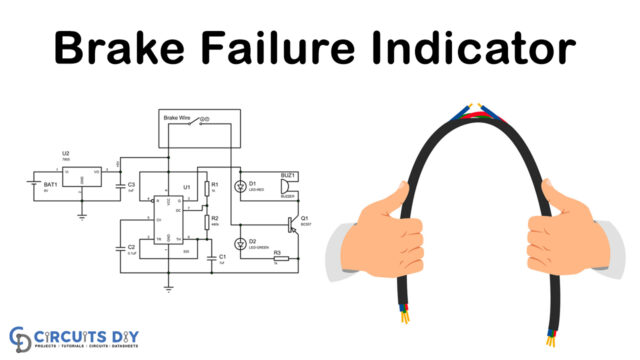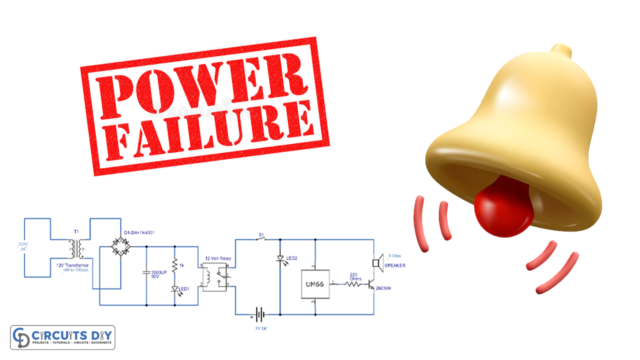Introduction
Do you want to make a circuit that will make your neighborhood sit up and take notice? Introducing the Single IC High Power Siren Horn Circuit! This circuit is not only simple to build, but it’s also incredibly powerful. With just a single IC and a few simple electronic components, you can create a siren horn that will rival those found on emergency vehicles.
Not only is it fun to build, but it also teaches the basics of electronic circuit design. So, grab your breadboards, and let’s get started on building a circuit that will make some noise!
Hardware Required
You will require the following hardware for High Power Siren Horn Circuit.
| S.no | Component | Value | Qty |
|---|---|---|---|
| 1. | IC | – | 1 |
| 2. | Transistor | – | 3 |
| 3. | Capacitor | 100n, 1u, 47uF | 2, 2, 1 |
| 4. | Resistor | 10K, 560K, 1K, 220K, 22K, 15 | 3, 1, 2, 1, 1, 1 |
| 5. | Variable Resistor | 100K1 | 1 |
| 6. | Speaker | – | 1, |
Circuit Diagram

Connections of Circuit
- Transistor T1 is connected as a common emitter configuration, with the collector connected to the base of T2 and the emitter connected to the negative terminal of the power supply. The base of T1 is connected to the collector of T2 through a resistor R1 and a potentiometer P1.
- Transistor T2 is also connected as a common emitter configuration. The collector is connected to the base of T1, and the emitter is connected to the negative terminal of the power supply.
- Transistor T3 is connected in a way that its base is connected to the collector of T2. And the collector is connected to the positive terminal of the power supply. And its emitter is connected to potentiometer P2.
- The IC LM389 is connected as an audio power amplifier. The output of the amplifier is taken from pin 1 and connected to the loudspeaker via capacitor C5.
Working Explanation
This high-powered single IC siren is a simple and easy-to-build electronic circuit. It’s constructed using only one IC, specifically the LM389 from National Semiconductors. This IC contains an audio power amplifier similar to the LM 386, and it has three transistors that are not connected to any specific circuit.
The circuit is designed to form a stable multivibrator, which is a type of circuit that oscillates or switches back and forth between two different states. This multivibrator’s frequency can be adjusted between 1 and 7 Hz using a component called P1, which is controlled by the two transistors, T1 and T2.
The circuit also has an audio power amplifier that makes an output frequency between 250 Hz and 1500 Hz. This frequency is amplified and played through a loudspeaker. The amplifier can also be configured as a squarewave oscillator, a type of circuit that generates a square-shaped waveform.
The multivibrator controls the amplifier through transistor T3. This makes a pulsed sound like a siren. By changing how the preset P2 is set, the user can change the siren’s frequency to sound at the frequency they want.
Final Words
A single IC high-power siren horn circuit is a helpful device that can generate loud and attention-grabbing siren sounds. It can be used in various applications such as security, alarm, and emergency vehicles. The circuit can be easily built using a single IC, a few components, and a loudspeaker. The IC generates a siren using the components and amplifies the sound using the loudspeaker. We hope you found this article informative and helpful. If you have any queries or comments, please feel free to leave them below.













